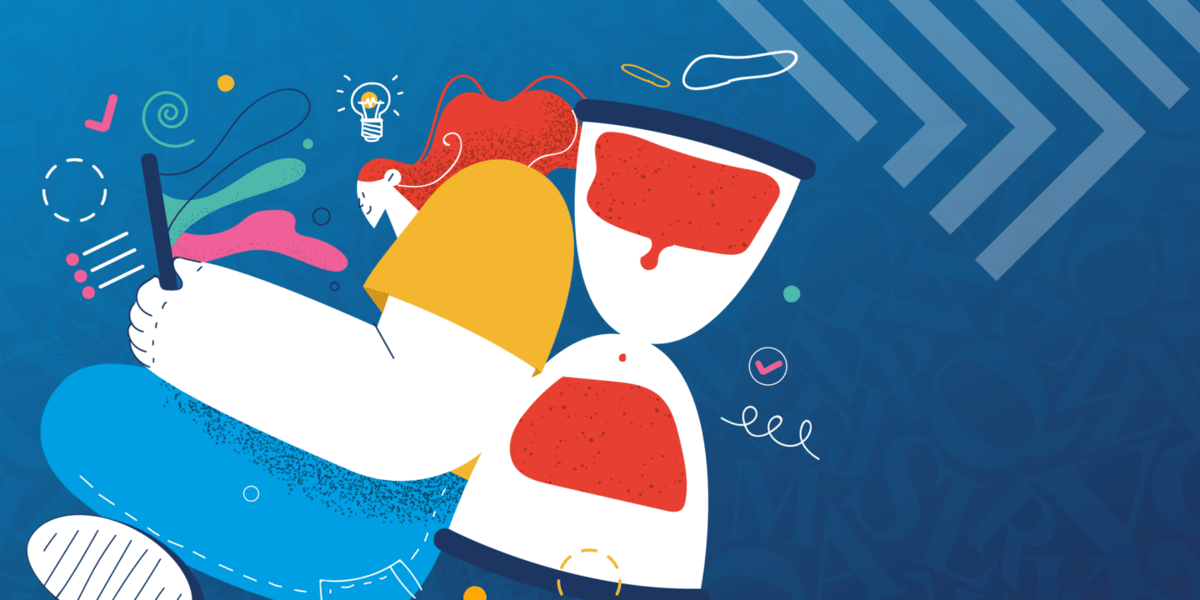5 steps to using the spacing effect in your next training
The spacing effect is one of the most robust and reliable findings in the psychological literature. It is used by individuals to build lasting knowledge, boost performance and achieve mastery in all areas of human activity.
The work of Swedish psychologist K. Anders Ericsson, as popularized by best-selling journalist and author, Malcolm Gladwell, showed that outstanding performance in a given field – e.g. medicine, music, chess or sport – could be directly related to the use of deliberate spaced practice.
These associations with learning theory and celebrity high-achievers (whom Gladwell dubbed ‘outliers’) might make spaced practice seem rather abstract and rarified; not for the rest of us. But ordinary people deploy spaced practice every day.
We use it when we want to pass a driving test, revise for an exam, or learn a part in a play. When there is a skill or competence we really have to learn because we will be called on to perform it in public, perhaps in a pressured situation where there is a risk to our personal safety, self-esteem, or livelihood—we instinctively fall back on this mode of learning, because we know it works.
We repeat the thing we have to perform regularly, at intervals. We try to notice the parts where we make mistakes and focus on those mistakes for further practice. We test ourselves at regular intervals. When learning really matters, we quite naturally use spaced practice.
Surprisingly, perhaps, this powerful technique is not much used in formal education or workplace training programs. There are good reasons for this, both practical and cultural: however, advances in learning technology have removed many of the practical blockers, and along with a call for learning professionals to be more evidence-based in their practice comes a growing realization that technology provides us with ways to implement sound principles of learning science in a way that wasn’t available in the pre-internet world.
So if you are a learning professional designing a program which calls for deep, long-lasting learning in a particular area, and which hopes to bring about a permanent change in knowledge, competence, attitudes, behavior and performance, why wouldn’t you use spaced practice to make it successful?
Here’s a practical rundown of how you can apply it to a typical training program, using technology tools that most organizations already have.
Five steps to spaced practice
Let’s take a simple example that doesn’t move too far away from the present course-based model which (let’s be real here!) still forms the basis of most formal learning interventions.
- On the day, according to Hermann Ebbinghaus, the German psychologist who discovered the spacing effect and gave the world his famous ‘Forgetting Curve, memory decays at a regular and exponential rate. 20 minutes into a course, we will already have forgotten 42% of what has taken place so far. Smart learning designers, knowing this, will therefore design in regular breaks for recapitulation, prompting active recall, and practical exercises. They will also make use of other techniques that Ebbinghaus and the scientists who came after him discovered such as chunking and interleaving. However, this is only the first stage in learning. Most of the real action happens once the course is over.
- The day after somebody has completed the course, you could send an alert asking them to actively recall what they had learned the previous day, either through taking a test, sharing the first-person video with their cohort, or perhaps performing an interactive exercise, such as a scenario-driven practice session that challenges them to recall and apply what was previously learned. Technology makes this relatively easy to do with sequencing tools such as those inside the Learning Pool Platform.
- After seven days, there could be a further alert to actively recall or practice a skill but perhaps narrowed down to areas in the knowledge field that the learner has had particular trouble with if this has been identified through testing. This is where the personalization of learning possible with technology comes into play. Not only does this positively benefit learning, but it also avoids the annoyance factor that comes from generic reminders to learn something that you’ve already mastered. It is also important that the learner gets to drive this process to a degree. Learners having agency has been proved to be highly beneficial to learning as well. Your spaced practice learning system needs a good balance of ‘personalization for’ and ‘personalization by’.
- After another seven days, there could be another recap—again, with an element of active practice. We are now beginning to move knowledge and skills into the long-term ‘store’, but continued spaced practice is still needed to consolidate them in long-term memory. It is important as well that learners not only have agency in the process of spacing but also an awareness of how the process is working for them (metacognition). The process of learning a skill should be also the process of learning a different skill at the same time: how to learn.
- After a month has elapsed from the date of the first intervention, a general test of what has been learned could be taken, with the learner able to “pass” and obtain a certificate.
Even a simple program of this nature could do a great deal to make learning more effective. One thing this five-part program brings home is the fact that learning is a process, not an event. What the spacing effect tells us is something that might seem counter-intuitive, and which flies in the face of years of instructional practice, but which is strongly backed up by science: learning doesn’t happen in the classroom, the lecture hall, the elearning module or the training suite: far more important is what happens in the hours, days, weeks and months following.
Download our latest whitepaper, ‘The Spacing Effect: Harnessing the Power of Spaced Practice for Learning That Sticks‘ to find out more about the spacing effect for organizational learning.


